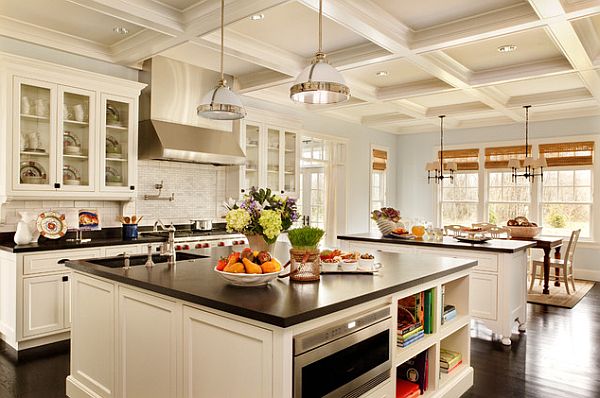Aiming To Reinvent The Closet Making Sector With Lasting Techniques, Uncover How Workmanship And Eco-Friendly Materials Link For A Greener Future
Aiming To Reinvent The Closet Making Sector With Lasting Techniques, Uncover How Workmanship And Eco-Friendly Materials Link For A Greener Future
Blog Article
Web Content Writer-Barry Tan
When it comes to cabinet making, considering sustainable techniques is not just a fad yet a vital element that can shape the future of your craft. By checking out the world of eco-friendly products and waste reduction techniques, you open doors to a globe where innovation fulfills obligation. The impact of these options goes beyond your workshop; it resonates with clients that seek not only top quality however also a commitment to protecting our environment. So, just how can you blend craftsmanship with sustainability to create an enduring tradition in the industry?
Value of Sustainable Practices
In lasting cabinet making, prioritizing environment-friendly materials and production approaches not just profits the setting but also ensures long-lasting viability for your business. By selecting lasting techniques, you showcase your commitment to minimizing environmental influence and fulfilling the expanding demand for eco-conscious items. Clients are significantly drawn to businesses that prioritize sustainability, providing you an one-upmanship on the market.
Applying lasting techniques can additionally lead to set you back savings in the long run. While there may be first financial investments associated with transitioning to environmentally friendly products and manufacturing approaches, the effectiveness gains and positive track record you construct can cause financial benefits gradually. Additionally, sustainable practices assist in lowering waste generation and energy intake, which can better contribute to reducing operational prices.
Eco-Friendly Materials Choice
Selecting environment-friendly materials is necessary in sustainable cupboard making to lessen environmental effect and fulfill the enhancing demand for environmentally mindful items. When picking products for your cupboards, select sustainable alternatives like bamboo, reclaimed timber, or recycled products.
Bamboo is a fast-growing and renewable resource that's strong and long lasting, making it an outstanding option for cabinet building. Recovered wood gives a distinct, rustic look to cupboards while minimizing the demand for lowering brand-new trees. Using recycled materials, such as composite timber made from recycled wood fibers and resin, helps divert waste from landfills and lowers the overall environmental footprint of your project.
In addition, take into consideration utilizing low-VOC (unpredictable natural compounds) surfaces and adhesives to even more boost the eco-friendliness of your cabinets. These items launch less hazardous chemicals right into the air, promoting far better interior air top quality and minimizing health dangers for both you and your clients.
Waste Decrease Techniques
To minimize waste in cupboard production, take into consideration applying efficient reusing methods throughout your production process. Beginning by segregating various types of waste such as timber scraps, cardboard packaging, and metal components. Set up assigned recycling containers for each material to make sure very easy separation. Urge your group to embrace a society of waste reduction by informing them on the significance of reusing and the influence it has on the environment.
One more reliable waste decrease technique is to enhance material usage. Plan https://radontestinghomeinspectio77765.bleepblogs.com/32450279/start-your-decision-making-procedure-on-customized-cabinets-vs-ready-made-alternatives-with-crucial-insights-that-will-assist-you-make-the-most-effective-choice-for-your-space to take full advantage of the yield from each sheet of timber, minimizing the quantity of offcuts produced. Think about using computer-aided design (CAD) software to produce precise reducing formats that minimize waste.
In addition, explore possibilities to repurpose or donate leftover materials as opposed to discarding them. Partner with neighborhood woodworking institutions or community centers that could take advantage of receiving your surplus materials. By carrying out these waste decrease methods, you can reduce your ecological effect and add to a more lasting cabinet making industry.
Final thought
Integrating lasting practices in cabinet production is important for minimizing environmental impact and guaranteeing lasting success.
By selecting environmentally friendly products and applying waste decrease methods, cabinet manufacturers can showcase their commitment to sustainability while likewise profiting their profits.
Embracing click for more info shield the planet yet also gives businesses an one-upmanship in the market.
Make the clever choice for the atmosphere and your organization by prioritizing sustainability in cupboard making.
